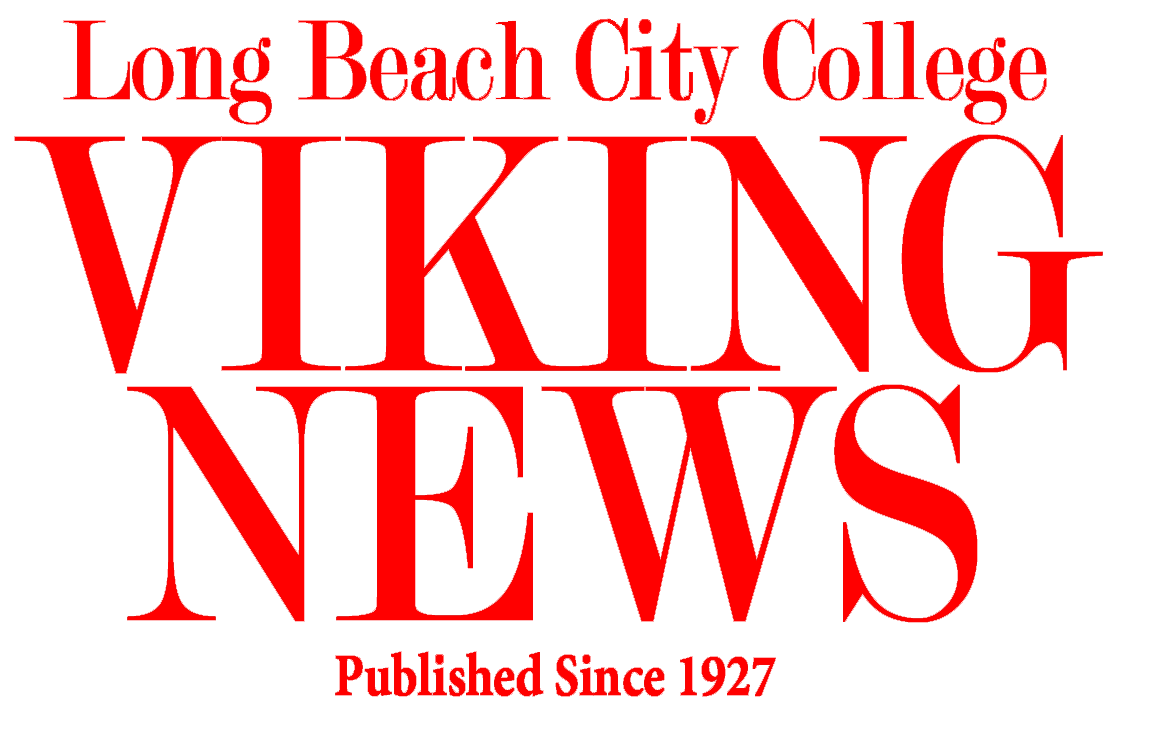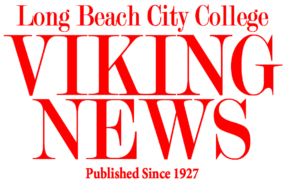Identity, inclusivity and education were at the forefront of an informational workshop on how to better support LGBTQ community members, as well as explanations on much of the language used within the community on Thursday.
9 people were in physical attendance, with others joining the workshop virtually through Zoom.
The workshop was funded by LBCC’s student equity department and run in collaboration with the LGBTQ Center of Long Beach, according to Performing Arts Interim Dean Janet Hund. Student equity also paid for books attendees could take home after the event at no cost to them.
Peter Baek, manager of the center’s youth and family services, expressed that this workshop was meant for everyone; staff, faculty, students, LGBTQ members or allies, could all learn something from the event.

Youth and family services coordinator Kate Coughlin spoke alongside Baek for the workshop, and spoke on several of the unique risk factors LGBTQ youth and adults face and what people can do to help.
Coughlin shared that 48% of transgender adults have contemplated suicide, compared to 4% of the overall U.S. adult population and that LGBTQ people are twice as likely to feel suicidal and four times as likely to attempt suicide compared to the overall population. She also shared that 40% of all homeless youth in LA County identify as LGBTQ.
Coughlin also provided examples of “preventative” factors that have been shown to help mitigate the risk factors affecting the LGBTQ community, which includes institutional changes like teaching comprehensive and LGBTQ inclusive sex education in highschool, as well as small changes that people can make to be more supportive of the possible LGBTQ members of their community.
The Center provides a list of resources on its webpage for LGBTQ people who may require assistance outside of what the center can provide.
The organization directs its members that are vetted by the organization and its community, Baek explained.
“We first look at the mission statement and programs they offer, and the language used on their website to see if they are inclusive. We see if they automatically use gendered language like ‘he or she’ instead of they, if they talk about married couples as only being a man and woman, or if it’s a housing organization, if the housing is segregated by male and female,” Baek said.
“We also go to our community to hear their experiences with the organization. Sometimes orgs can be performative and claim to be allies, whether it be for the grant money or they truly believe it, but aren’t actually being affirming to the community.”
When meeting someone new and unsure of their pronouns, people can introduce themselves first and give their own pronouns, giving them an introduction to model and provide their preferred pronouns.
If someone does not share their pronouns, they can be referred to as just their name when speaking about them, rather than making an assumption based on their appearance.
People stopping from making assumptions about the relationships of others can also help foster a more open and accepting environment.
Often, people are still assumed to be heterosexual until proven otherwise, but making that assumption can lead LGBTQ people to feel as if their relationships are outside the norm, even if that is not the intention.
If a friend or acquaintance mentions a significant other of an ambiguous gender, it is best to mirror the language they use to talk about it, rather than immediately using words like “boyfriend” or “girlfriend.”
“People think that since they know someone’s sex or sexuality, they know someone’s gender too. They might look at biological characteristics and decide they know you, but that assumption can sometimes be disrespectful,” Baek said.
Student attendee Brittney Paz asked Center representatives for advice on making friends as someone who is still questioning their identity, and as a result not feeling entirely confident and comfortable enough to make friends, especially when people have a hard time understanding their gender identity.
“Sometimes I worry that I’m making people uncomfortable, because on the outside I present very masculine, but on the inside I feel, I guess I feel I have a more feminine spirit, and some people don’t seem to get that really,” Paz said.
Kate Coughlin, coordinator for the Center’s youth and family services, recognized Paz’s struggle as something many people that come through the center’s doors struggle with as well.
“I struggled a lot with feeling comfortable too,” Coughlin said. “I think it was in college, when I realized I can just try out things in small doses and see how I feel comfortable. I would force myself to kind of ‘fake it ‘til I make it’ in a space that feels safe, of course.”
After the workshop closed, Paz spoke more on their experiences trying to discover their gender identity.
“It’s a lot of not knowing how to be,” Paz said.
“I’ve been confused about the difference between being transgender and nonbinary. There are times when I actually want to be on testosterone, I want my voice to be deeper and I want my chest to be flat, but I worry that I won’t feel like me.”
“I’ve always had questions (about gender) but I didn’t know anyone like me. I always think about my family and if my transition would make them uncomfortable.”
“The first time I tried to come out my parents rejected it, but when I came out again at 18 they were more accepting,” Paz said.
Paz described the difficulties when using public restrooms, even at LBCC.
“The gender neutral bathrooms here aren’t in every building. I don’t think I feel safe going into the men’s bathroom, but when I’m in the women’s bathroom, I catch people, usually it’s older women, staring at me while I’m just like, washing my hands, and they look mad.”
“I feel like there are some professors and people here who really do care, and then others who don’t really. I do get misgendered even in my online classes, where ‘they/them/theirs’ is right next to my name.”
Workshops, like the one in collaboration with the center, are one possible step toward fostering a more supportive environment for LGBTQ students at LBCC, allowing even those who are unsure or still exploring their identities to not ostracized by LBCC’s student community.


